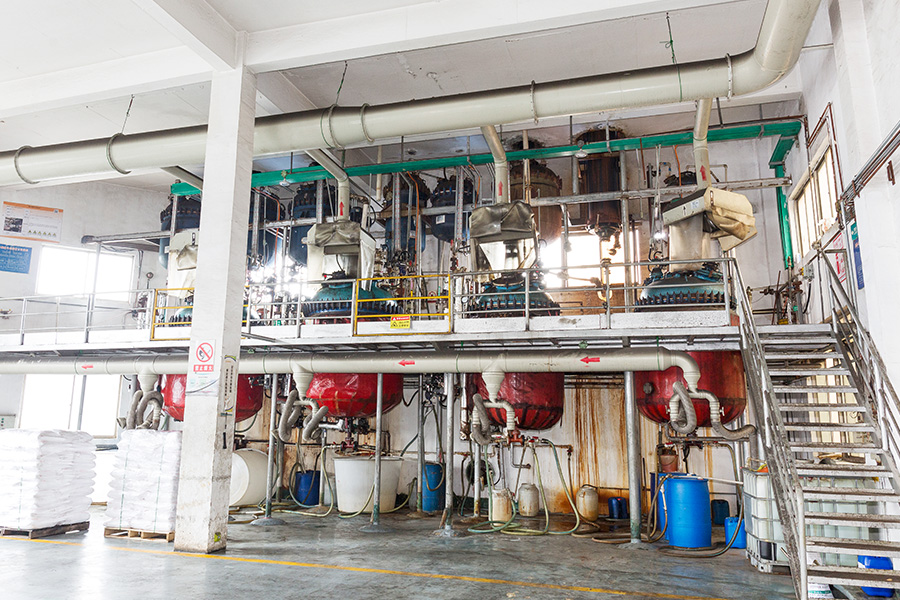In the industrial world, environmental compliance isn't just a box to check—it’s a key factor in operational sustainability and long-term profitability. When it comes to water treatment, especially in large-scale cooling systems, the pressure to reduce phosphorus discharge is mounting due to stricter regional and international regulations. Traditional water treatment chemicals often contain high levels of phosphorus, which can contribute to eutrophication when discharged into natural water bodies. That’s why circulating water low phosphorus corrosion and scale inhibitors are increasingly being adopted as a smarter, more responsible alternative.
These specialized inhibitors are engineered to perform effectively with a significantly reduced phosphorus content, minimizing their ecological footprint without compromising on system protection. In a typical circulating cooling water system, scale buildup and corrosion are persistent threats to heat exchange efficiency and equipment longevity. While conventional inhibitors have done the job for years, their high-phosphorus formulations raise red flags in environmental audits and increase wastewater treatment burdens. Low-phosphorus alternatives solve this challenge by leveraging advanced formulations—such as organophosphine derivatives and biodegradable polymers—that remain highly effective even under demanding system conditions.
Beyond environmental compliance, the benefits of using low-phosphorus corrosion and scale inhibitors in circulating water systems extend to operational efficiency. These inhibitors are formulated with strong dispersants and lattice distortion agents that prevent the formation of calcium-based scales while also creating a protective film over metal surfaces. This ensures stable heat transfer performance and minimizes the risk of unplanned downtime caused by scaling or corrosion-related failures. In environments where system reliability is critical—like power plants, petrochemical facilities, and pharmaceutical manufacturing—this translates into real performance gains.

Perhaps what makes the circulating water low phosphorus corrosion and scale inhibitor truly valuable is its adaptability. It’s not just a green option; it’s a high-performance treatment suitable for systems operating at high concentration ratios and in conditions of elevated hardness and alkalinity. Instead of compromising water savings for environmental goals, users get both. The reduced blowdown frequency made possible by these inhibitors also helps conserve water—an increasingly precious resource in many industrial regions. For engineers and procurement teams looking to future-proof their cooling operations, this dual advantage is hard to ignore.
From a technical standpoint, the key to low-phosphorus success lies in the careful balancing of corrosion inhibition with scale prevention using non-phosphorus or low-phosphorus functional groups. This balance is achieved through in-depth knowledge of water chemistry and decades of application experience. It’s not about removing phosphorus entirely, but rather optimizing its use to where it's most effective—maximizing performance while minimizing environmental impact. Our products, for example, maintain strong chelation and dispersion performance even under high temperature conditions, ensuring consistency and durability across system loads.
Of course, every system has its own water quality profile, and effective treatment begins with proper assessment. That’s why we encourage our clients to pair product selection with expert analysis. A tailored dosage plan, often between 8–20 ppm, ensures maximum inhibitor efficiency and compatibility with other treatment agents like oxidizing biocides or stripping agents. The circulating water low phosphorus scale inhibitor is designed with this flexibility in mind, making integration with existing treatment programs straightforward and cost-effective.
Ultimately, investing in low-phosphorus corrosion and scale control is not just an environmental decision—it’s a strategic one. It aligns your operations with modern sustainability standards, reduces regulatory risks, and enhances equipment reliability. As a manufacturer and supplier with long-term experience in industrial water treatment, we’re committed to delivering solutions that meet today’s expectations and tomorrow’s requirements. Reach out to learn how this environmentally friendly approach can add value to your system today.
 En
En
 عربى
عربى 中文简体
中文简体

